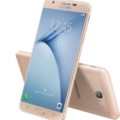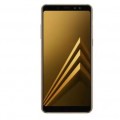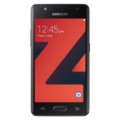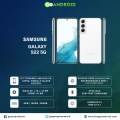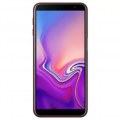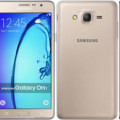Samsung Galaxy M53
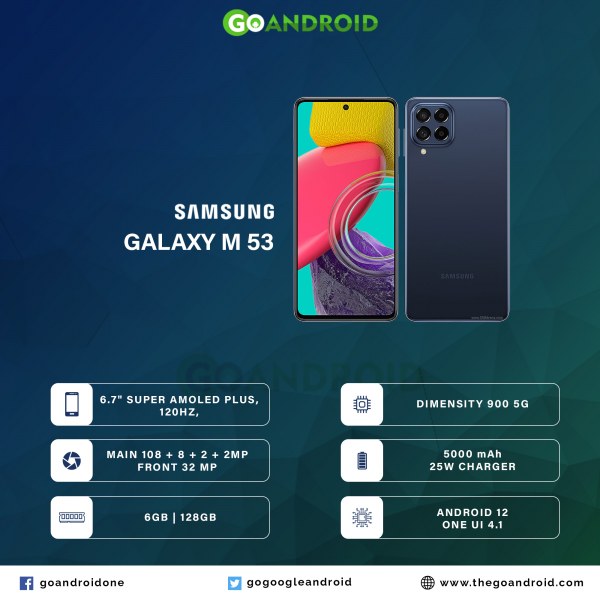

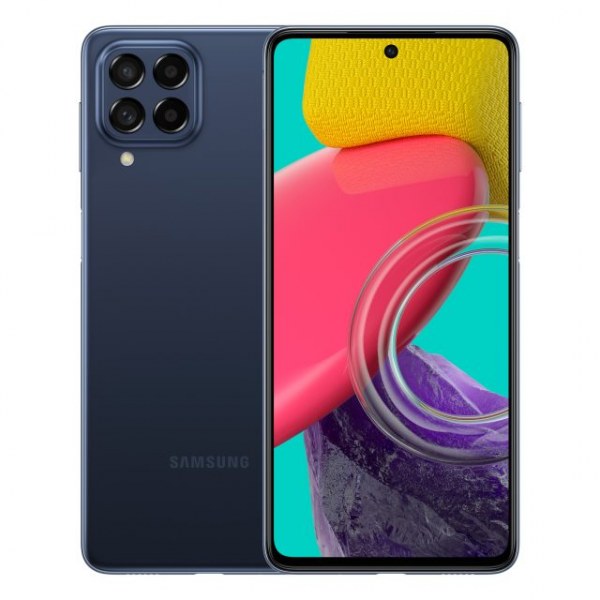
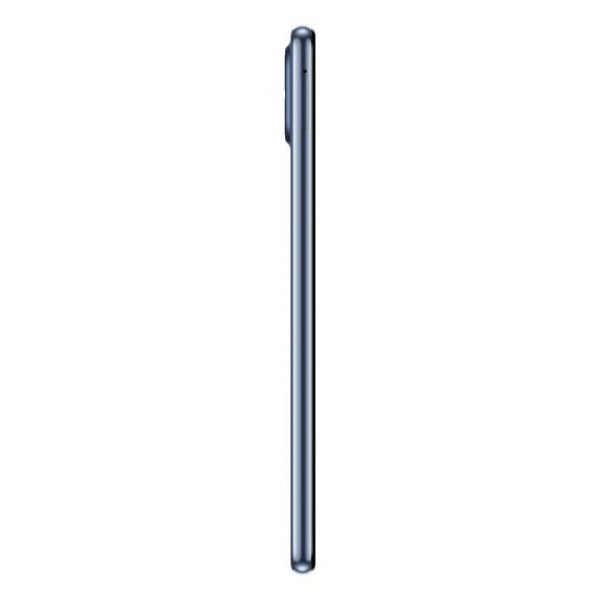
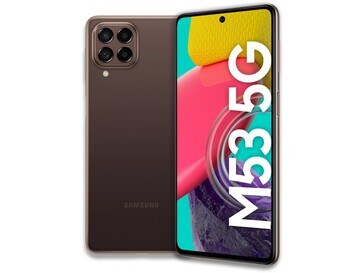
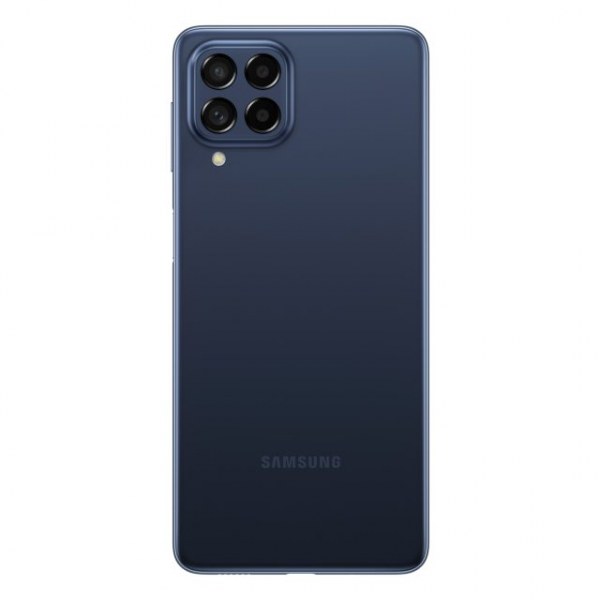

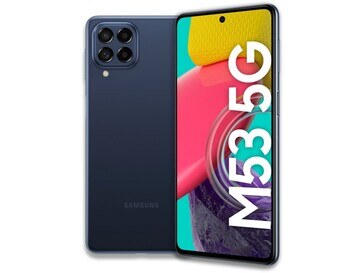
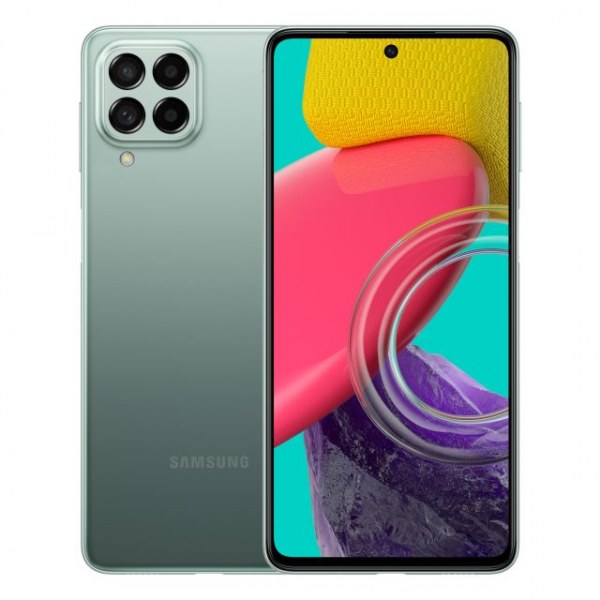
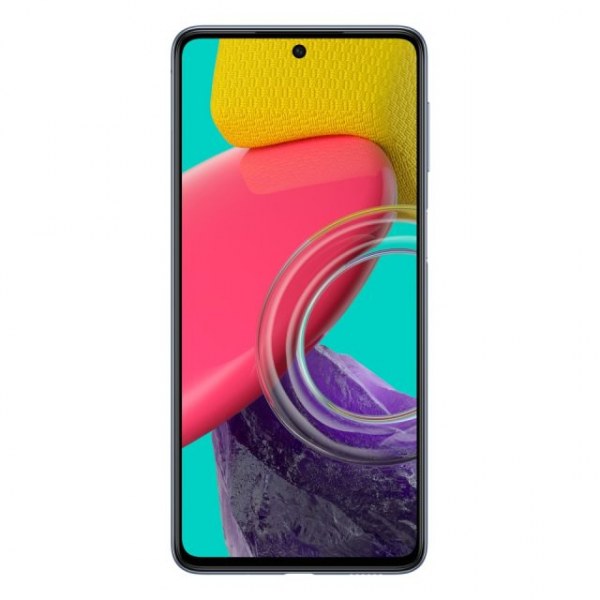
-
SoC: MediaTek MT6877 Dimensity 900 5G (6 nm)
-
RAM: 6 GB
-
Storage: 128 GB
-
Display: Super AMOLED Plus
-
Camera: 32 MP/ 108 MP (wide), 8 MP (ultrawide), 2 MP (depth), 2MP (macro)
-
OS: Android 12
A couple of days ago, Samsung announced its smartphone device which becomes so popular in all tech news these days with the name Samsung Galaxy M53 5G(SM-M536B, SM-M536B/DS). Besides this, the company offers stunning premium features that give users the best user interface and an amazing display.
The Samsung “GALAXY” series proffer 5G connectivity as upgradable to the market. As we already know that Samsung added plenty of big changes to their device including designs, displays, software, and so on. So, this device is also available in three different variants as Green, Blue, and Brown in the market with a range of around 469 EUR (38,626.45 in Indian Rupees).
Some more specifications of the Samsung Galaxy M53 5G in detail:
This Samsung Galaxy M53 5G comes at 6.7 inches, 108.1 cm2 (~85.3% screen-to-body ratio), and has a Super AMOLED Plus touchscreen display. It gives you a delicate picture, reduces smear, a low blue light, and screen is smooth for eye protection. It supports a 120Hz refresh rate, HDR10+, 900 nits (peak) display brightness, and a 240Hz touch sampling rate in Game Mode. The Galaxy M53 5G has a display resolution of 1080 x 2408 pixels with a 20:9 aspect ratio while having a pixel density of 394 PPI.
Safeguarding the build, this device is protected with a Corning Gorilla Glass 5 on the front side as well as backside also an aluminum frame makes the device powerful and solid. The dimension of the phone measures 164.7 x 77 x 7.4 mm (6.48 x 3.03 x 0.29 in) and weighs around 176 g (6.21 oz). It supports Dual SIM (Nano-SIM, dual stand-by). The Galaxy M53 boots One UI 4.1 based on Android 12. The device is powered by MediaTek MT6877 Dimensity 900 5G (6 nm) chipset coupling as Octa-core (2×2.4 GHz Cortex-A78 & 6×2.0 GHz Cortex-A55) processor. It supports Mali-G68 MC4 GPU.
The phone is available in 6 GB RAM with 128 GB internal memory which can be expandable up to 512 GB via microSDXC cards by using a dedicated slot.
As far as the camera is concerned, the Samsung Galaxy M53 packs a quad cameras module as a primary camera of 108 MP (wide) with f/1.8 aperture, an 8 MP (ultrawide), 2 MP (depth), and 2MP (macro) shooter lens. Furthermore, the primary camera is capable of 4K@30fps, 1080p@30/60fps, HDR10+, stereo sound rec., and gyro-EIS videos. The device has LED flash, auto-HDR, panorama, PDAF, OIS, 3x optical zoom, and Super Steady video features.
Another side, the selfie camera consists of 32 MP, with an f/2.2 aperture. Moreover, it is capable of 4K@30fps, 1080p@30fps, Auto-HDR, and Pixel PDAF videos. The Galaxy M53 device consists of Li-Po 5000 mAh capacity non-removable battery. The phone has a 25W fast charging and reverses charging feature which is quite superb.
Sensors on the phone:
- Fingerprint (side-mounted),
- Accelerometer sensor,
- Virtual Proximity sensor,
- Gyro sensor,
- Light Sensor
- Proximity sensor, and
- Compass sensor.
Connectivity options include:
- Wi-Fi 802.11 a/b/g/n/ac, dual-band, Wi-Fi Direct, hotspot,
- Bluetooth- 5.2, A2DP, LE, aptX HD, aptX Adaptive,
- GPS with A-GPS, GLONASS, GALILEO, BDS, QZSS,
- NFC- Yes (market/region dependent),
- Radio- Unspecified,
- 3.5mm headphones jack- No,
- Loudspeaker with stereo speakers, and
- USB- USB Type-C 2.0, USB On-The-Go.
Samsung Galaxy M53 - Specs
Network
-
5G Network
-
4G Network
-
3G Network
-
2G Network
Design
-
Type Design Type called form factor refers to a mobile phone's size, shape, and style as well as the layout and position of major components of phone. There are three major form factors seen in mobile phones => bar phones, folding phones and sliding phones.Bar
-
BuildSuper AMOLED Plus
-
Dimensions164.7 x 77 x 7.4 mm (6.48 x 3.03 x 0.29 in)
-
Weight176 g (6.21 oz)
-
WaterproofSplash and dust resistant
-
ColorsGreen, Blue, and Brown
-
SIM SIM (Subscriber Identity Module) is a small card that contains mobile network subscriber's account information. This allows the phone using the card to attach to a mobile network. The SIM card is most commonly associated with GSM and UMTS mobile networks. Moving a SIM card from one phone to another allows a subscriber to switch mobile phones without having to contact their mobile network carrier. SIM cards can also be used by a phone to store limited amounts of data, such as phone numbers and text messages.Dual SIM (Nano-SIM, dual stand-by)
Display
-
Display Type Display Technology => A number of display technologies and types used in mobile phones => TFT (Thin Film Transistor), IPS (In-Place Switching), OLED (Organic Light Emitting Diode), AMOLED (Active-Matrix Organic Light-Emitting Diode), Super AMOLED (an even advanced version of AMOLED), Resistive Touchscreen (Resistive touchscreens contain two layer of conductive material with a very small gap between them which acts as a resistance), Capacitive Touchsceen (Capacitive touchscreen technology consists of a layer of glass coated with a transparent conductor)Super AMOLED Plus
-
Size6.7 inches, 108.1 cm2
-
Resolution1080 x 2408 pixels
-
Display Colors Display Colors is refers to the number of different shades of colors that the screen is capable of displaying => 64K colors, 256K colors and 16 million colors, Obviously 16M is highest available range of colors and better than others.1B colors
-
Pixel Density Pixel Density (PPI) is refers to the concentration of pixels on a particular display, measured in pixels per inch (ppi). Pixel density is calculated by dividing the diagonal pixel resolution of a display by its diagonal size, higher pixel density better display quality.394 ppi
-
Touch ScreenYes, up to 10 fingers
-
Display Protection Display Protection => Gorilla Glass is a special alkali-aluminosilicate glass shield with exceptional damage resistance that helps protect mobile displays from scratches, drops, and bumps of everyday use, It is always better to go for a smartphone with Gorilla Glass for that added protection and peace of mind.Corning Gorilla Glass 5
-
Features120Hz refresh rate, HDR10+, 900 nits (peak) display brightness, and a 240Hz touch sampling rate in Game Mode.
Software
-
Operating System OS => Every computer system run on a base software called Operating System (OS). Operating System controls all basic operations of the computer (such as smartphone, PDAs, tablet computers and other handheld devices). The Operating System allows the user to install and run third party applications (apps), apps are used to add new functionality to the device.Android 12
-
Skin UI or user interface of a device is the look and feel of the on-screen menu system. How it works, its color scheme, how it responds to button presses, all of these things are part of the user interface.One UI 4.1
Hardware
-
Chipset Chipset is a group of integrated circuits designed to perform one or a more dedicated functions, often with real time computing constraints, Popular smartphones are equipped with more advanced embedded chipsets that can do many different tasks depending on their programming.MediaTek MT6877 Dimensity 900 5G (6 nm)
-
CPU CPU (Central Processing Unit) mostly known as processors, CPU processes instructions in order to carry out certain functions that make your device operate properly. Processors are often described as the brain of computers, smartphones and tablets, Smartphones and tablets rely on processors to carry out their every task, Processors are an incredibly important factor in selecting any type of computing device, including your smartphone.Octa-core (2x2.4 GHz Cortex-A78 & 6x2.0 GHz Cortex-A55)
-
GPU GPU (Graphics Processing Unit) is a single-chip processor designed to rapidly manipulate and alter memory to accelerate the creation of images in a frame buffer intended for output to a display, This includes things such as lighting effects, object transformations, and 3D motion.Mali-G68 MC4
-
RAM (Memory) RAM (Random Access Memory) is a type of computer memory that can be accessed randomly, any byte of memory can be accessed without touching the preceding bytes that allows information to be stored and accessed quickly from random locations. RAM is the most common type of memory found in computer systems, smartphones, tablets and other electronic devices.6 GB
-
Internal Storage Internal Storage is a data storage space (flash memory) mostly used in smartphones, tablets and other electronic devices where operating system, apps, music, photos, videos, files and other user data Is stored.128 GB
-
Card Slot Memory Card Slot is a special slot for inserting a memory card. Memory cards allow you to expand the phone's built-in memory, A memory card (sometimes called a flash memory card or a storage card) is a small storage medium used to store data such as text, pictures, audio, and video, for use on small, portable or remote computing devices such as mobile phones, mp3 players, digital cameras.Yes, up to 512 GB
-
Sensors Sensors are electronic components that detects and responds to some type of input from the physical environment. The specific input could be light, heat, motion, moisture, pressure and location, The output is generally a signal that is converted to use in computing systems, a location sensor, such as a GPS receiver is able to detect current location of your electronic device.Fingerprint (side-mounted),
Accelerometer sensor,
Virtual Proximity sensor,
Gyro sensor,
Light Sensor
Proximity sensor, and
Compass sensor.
Camera
-
Primary Camera is able to capture photographs and usually videos, The most important characteristics of a camera are the resolution (measured in megapixels), lens focus type (fixed or automatic), higher megapixel cameras are known to capture higher quality photos, but not always a good measurement of the photos quality.108 MP
-
Ultrawide8 MP
-
Depth2 MP, 2 MP (macro)
-
Video4K@30fps, 1080p@30fps
-
Camera FeaturesLED flash, auto-HDR, panorama, PDAF, OIS, 3x optical zoom, and Super Steady video features.
-
Selfie Camera32 MP
Battery
-
Battery Type Battery Type => Cell phones run on various kinds of batteries depending on the manufacturer, phone size or shape and features. There are basically four types of cell phone batteries => Lithium Polymer, Lithium Ion, Nickel Metal Hydride and Nickel Cadmium.Li-Poly (Lithium Polymer)
-
Capacity Battery Capacity is a measure (typically in Amp-hr) of the charge stored by the battery, and is determined by the mass of active material contained in the battery. The battery capacity represents the maximum amount of energy that can be extracted from the battery under certain conditions.5000 mAh
-
Fast Charging25W
Connectivity
-
Bluetooth Bluetooth is a wireless communications technology for exchanging data between mobile phones, headsets, computers and other network devices over short distances without wires, Bluetooth technology was primarily designed to support simple wireless networking of personal consumer devices.5.2, A2DP, LE, aptX HD, aptX Adaptive
-
Wi-fi Wi-Fi is a popular wireless networking technology using radio waves to provide high-speed network connections that allows devices to communicate without cords or cables, Wi-Fi is increasingly becoming the preferred mode of internet connectivity all over the world.Wi-Fi 802.11 a/b/g/n/ac/6, dual-band, Wi-Fi Direct, hotspot
-
Infrared Infrared connectivity is an old wireless technology used to connect two electronic devices. It uses a beam of infrared light to transmit information and so requires direct line of sight and operates only at close range.
-
USBUSB Type-C 2.0
-
GPS GPS The Global Positioning System is a satellite-based radio navigation system, GPS permits users to determine their position, velocity and the time 24 hours a day, in all weather, anywhere in the world, In order to locate your position, your device or GPS receiver must have a clear view of the sky.Yes, with A-GPS, GLONASS, GALILEO, BDS, QZSS
-
NFC NFC (Near field communication) is a set of standards for smartphones and similar devices to establish peer-to-peer radio communications with each other by touching them together or bringing them into proximity, usually no more than a few inches.
-
Headphone Jack

